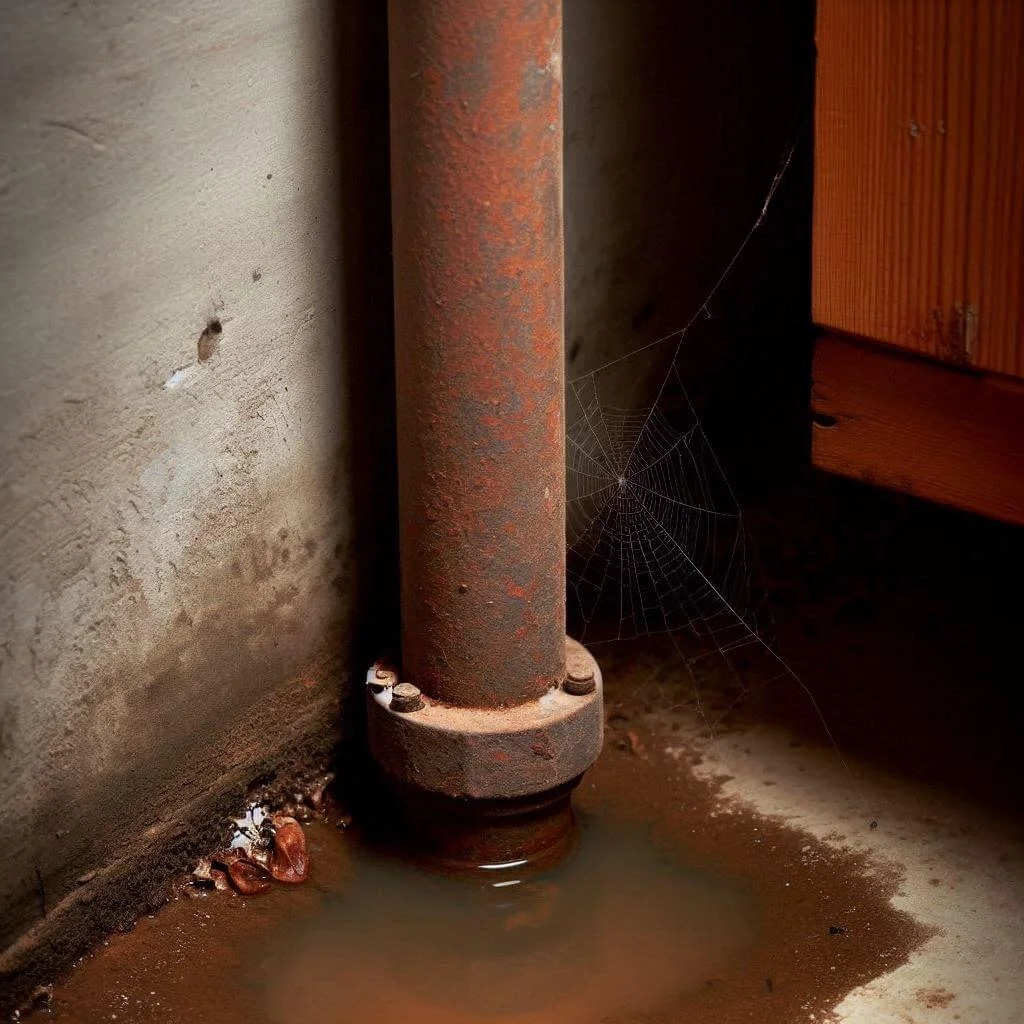There’s one thing that everyone depends on to live: the ability to access clean water. The infrastructure required to deliver clean and fresh water directly to residents’ water taps is something that cities spend millions of dollars on. They then spend additional money on water treatment facilities to make sure that the water delivered is healthy and free of contamination.
Unfortunately, there’s only so much that the local government can do to ensure that residents get clean water. The pipes inside a resident’s home can possess the same kind of health hazards that dirty water does, and some problems are even worse.
Breeding Ground for Bacteria
Bacteria that thrive in stagnant, unclean water can exist in water that appears to be clean. Coliform bacteria like E. coli love to reside in plumbing that has been improperly installed and maintained. Sewer traps, improperly vented drain traps, and neglected faucets can all be places where bacteria will grow at alarming rates, regardless of the amount of chlorine and other chemicals present in water.
Being infected by these bacteria can be more than enough to cause death in people with weakened immune systems, the elderly, and the young. Rarer forms of water-borne bacteria can become contagious and pose a threat to entire communities depending on what method of transmission it uses to spread.
Microorganisms Love Dirty Pipes
Cryptosporidium, Giardia, and a number of lesser-known protozoa love to make dirty pipes their nest. These small creatures are far too tiny to be seen by the naked eye, and they may not always be caught by a test or in the slide of sample prepared for a microscope.
They can and will be caught by residents who are exposed to them. Once they escape your pipes, they can nest in your body, most commonly in your gastrointestinal tract, and wreak all sorts of havoc. Cramps, constipation, diarrhea, fever, weight loss, and death are all symptoms that these microorganisms can be held responsible for in humans.
Dirty Pipes Can Cause Water Damage

Pipes that are dirty are usually not maintained well. This leads to faucets backing up, drains becoming clogged, and a number of other problems that lead excess water to drain somewhere other than where it’s designed to be. This can cause an excess of humidity in your household. In the hot months of spring and summer, this makes for an ideal breeding ground for bacteria and fungi to grow.
Fungus is the most dangerous of the two. While bacteria can cause bodily harm, it can usually be treated with a few visits to the doctor. The fungus can turn into mold and take root in the actual structure of your home, which means that it becomes as permanent of a resident as you are.
The effects of mold can include anything from asthma attacks to cancer. It can also lead to costly bills for lengthy work to have this home invader permanently evicted from your house.
Black Water and Backed-Up Drains
This is likely the most dangerous result of poorly maintained water pipes. Black water happens when your normally clean tap line becomes mixed with sewage. This means that every contaminant in sewage now becomes a part of the water you’re drinking. Consumption of this water can lead to blood sepsis, death, and some medical conditions that are even worse than death.
Contrary to what the name implies, the water does not always have to be colored to be contaminated. It can appear clear and free of foul odors, but it can still contain the same harmful contaminants that put everyone in your household at risk.
Conclusion
While cities invest heavily in clean water infrastructure, the journey from treatment plant to tap isn’t the only concern. Dirty pipes within your home can harbor a nightmarish collection of bacteria, protozoa, and even mold, all waiting for an opportunity to wreak havoc on your health and your home. Taking steps to properly maintain your pipes isn’t just about convenience; it’s about safeguarding yourself and your loved ones from a hidden threat.